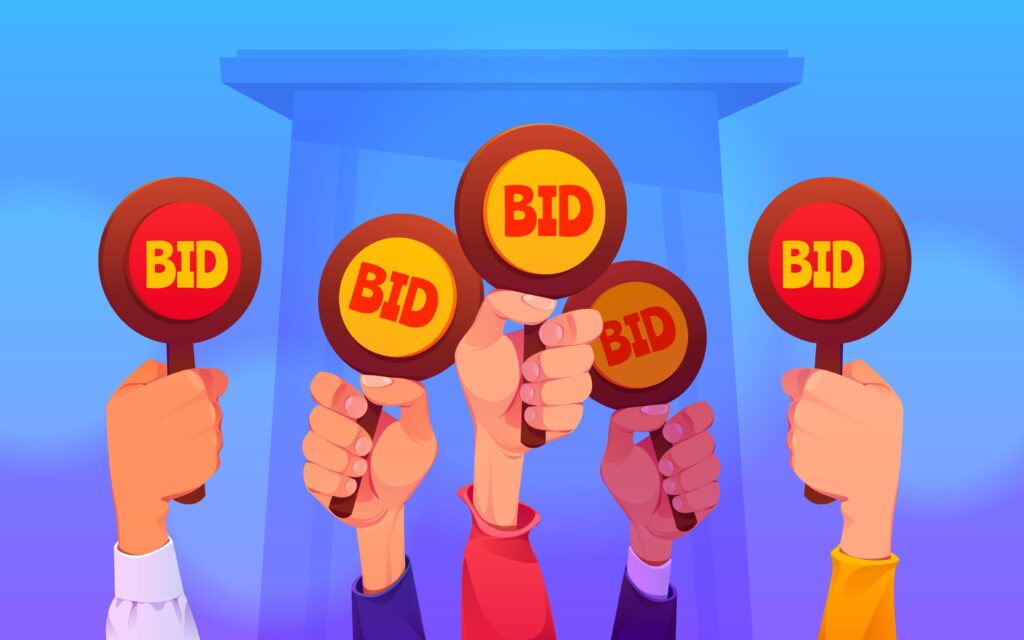Get The Bid Package
After you have ascertained the government contract that you want to bid on, it is important to contact the agency and request a bid package. This package is also often called the solicitation package.
After you receive the package, review it carefully. Find out what the purchasing office is wanting to buy and figure out if your company can meet the requirements.
The Bid Package should contain the following: the buyer’s contact information including name, address, phone number, and e-mail address are listed on the bid notice. When you request the bid package, make sure to also ask for amendments.
What Type Of Contract Is Being Sought?
The three major contracts that are being sought are fixed price, cost-reimbursement, and special situation.
Fixed-Price Contracts
These government contracts are used when the scope of work is clear from the beginning and therefore a price is determined by the agency in advance. There are many different types of this particular contract.
Firm Fixed-Price (FFP)
This contract means that the price is set in stone and the vendor or small business awarded the contract will be taking all the risk. So if the contract is over budget, the small business owner has to pay out of pocket. However, if the project is under budget, then the business will keep the extra profit. This is a great contract for companies that are precise with their pricing and a lot of experience in the field.
Fixed-Price with Award Fees
A fixed price with award fees contract offers a hard and fast price for objective performance success. This contract will also have additional awards to incentivize more subjective qualities like aesthetic appearance and technical knowledge.
Special Situation Contracts
These include:
- Labor hour: Direct labor hours expended are reimbursed at a hard and fast hourly rate, usually including all costs and profits. (See FAR 16.602)
- Definite-quantity: The contract quantity is defined, but the delivery schedule is flexible. Payment is on some sort of fixed-price basis. (See FAR 16.502)
- Requirements: Actual delivery schedules and quantities are flexible during the contract period. Payment is based on a predetermined fixed-price basis. (See FAR 16.503)
- Special Bidding Techniques and Bid Office Terminology
New Bidding Techniques

Auction — A government buying technique where the bidding continues until no competitor is willing to submit a far better (i.e., lower) bid. The technique is usually mentioned as “reverse auction” because the government is trying to find a rock bottom price, not the very best price.
It is important to do your research and make sure that you can cover your costs in an auction process. Do not get caught up in the excitement of the moment and make calm rational decisions.
Bundling — a way where the govt consolidates two or more requirements that were normally bought separately into one contract. The support contracts of the many military bases, which require a spread of labor disciplines to stay at the bottom operating, are being bid in this manner.
In bundling, make sure that you carefully read all the provisions. It is important to not ignore the project management aspect of this type of bidding.
The Bid
The Federal government has the following type of solicitations for bidding:
- Request for Quotation (RFQ). This type is for contracts below $150,000 with a simplified acquisition procedure.
- Request for Proposal (RFP). This type of solicitation asks vendors to make a proposal in response to the government request. You can (and often will) discuss delivery details, technical requirements, and specifications with the contracting officer when you bid on that type of solicitation.
- Invitation for Bid (IFB). The “lowest bid wins” or “sealed bid” type of solicitation. No discussion or price negotiation is implied here.
- Request for Information (RFI). This is mostly to research the market and evaluate the interest and capabilities of contractors in a specific niche.
Make sure you read the solicitation requirements carefully. A solicitation package will include, documents, technical conditions, attachments, and various other things required with the submission. For most federal government contracts under RFP and IFB solicitations, there are standard contracting forms you should fill. As for required documents, they are listed in the solicitation
Contact your contracting officer if you have questions. It is important that you understand every single thing about the solicitation that you are bidding on. Also, look to FARs (Federal Acquisitions Regulations) that govern the solicitation you are to respond to make sure you know the regulations and requirements.
Be Precise And Follow Directions

Naturally, the government is a stickler for following rules and regulations. It is shocking how many bids get tossed out because companies fail to follow basic directions. Be aware of deadlines and do not leave anything black when filling out forms. The request for proposals or RFPs has very specific instructions and you must take everything seriously. Just think of it like filing your income taxes and do not take any unnecessary shortcuts.
The First Step Is Registering With SAM

To do any business with the federal government, you must register your business in the System for Award Management directory. The government will not hire any type of business (large or small) that has not registered in the SAM directory.
Please read one of the helpful blog articles on our site like Everything You Need to Know About SAM for Small Businesses. These blogs will help give you all the information you need to understand how we can help make the process very easy for you. Sam Directory will happily guide you through this often confusing process.
What do I need to register for the Sam Directory?
You will need the following :
- A Data Universal Numbering System or DUNS from Dun and Bradstreet
- Your Tax Identification Number or TIN
- A Social Security Number if you are a Sole Proprietor.
CAGE Code (Commercial and Government Entity)
This code is five characters and unique to your business. It’s basically your ID code, and government agencies will identify your business using this code. It is a bit like a social security number for your business. If your business includes more than one facility, then you will need multiple CAGE codes. Each location must have its own unique code, and each location must be registered separately with SAM.